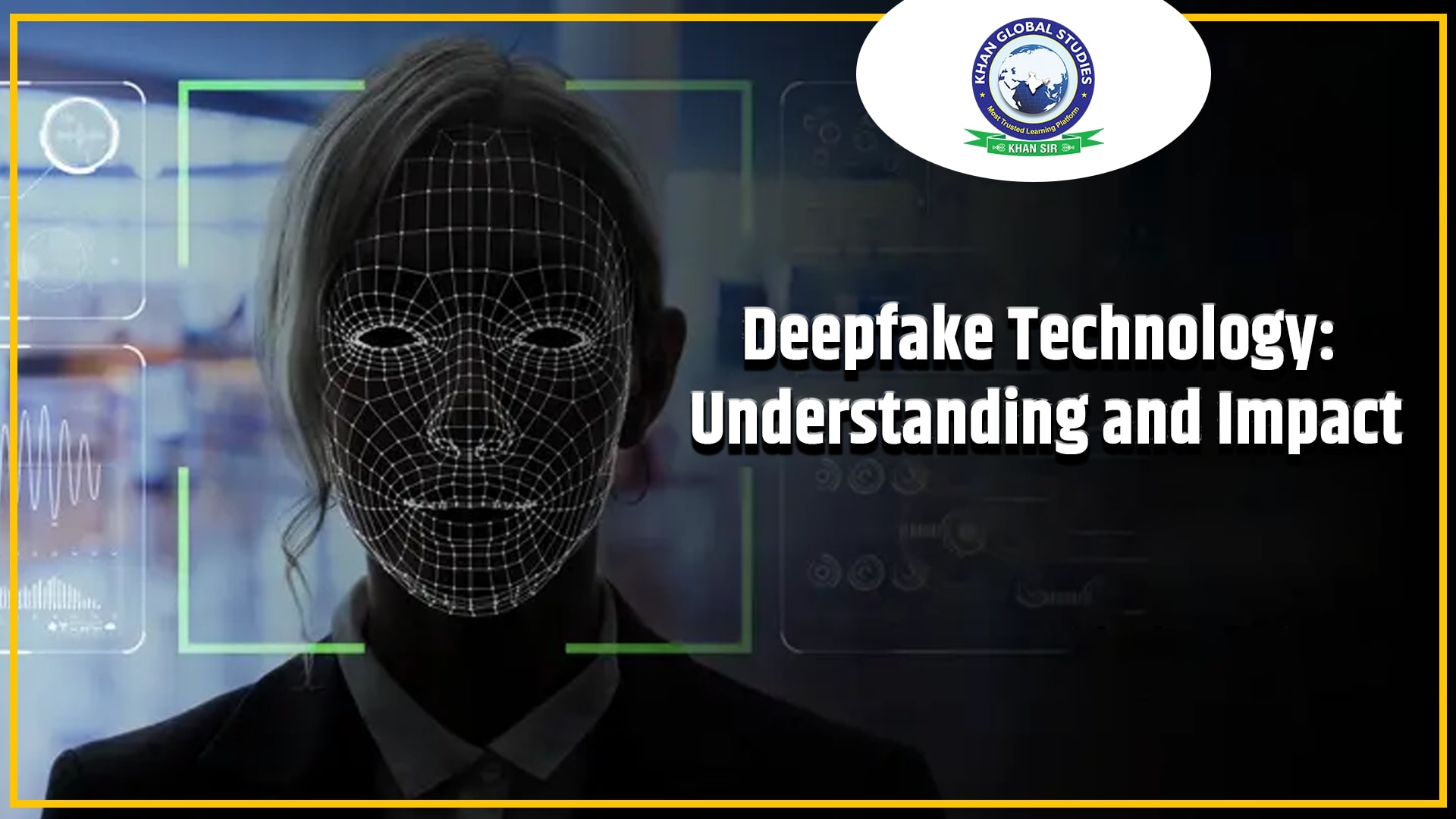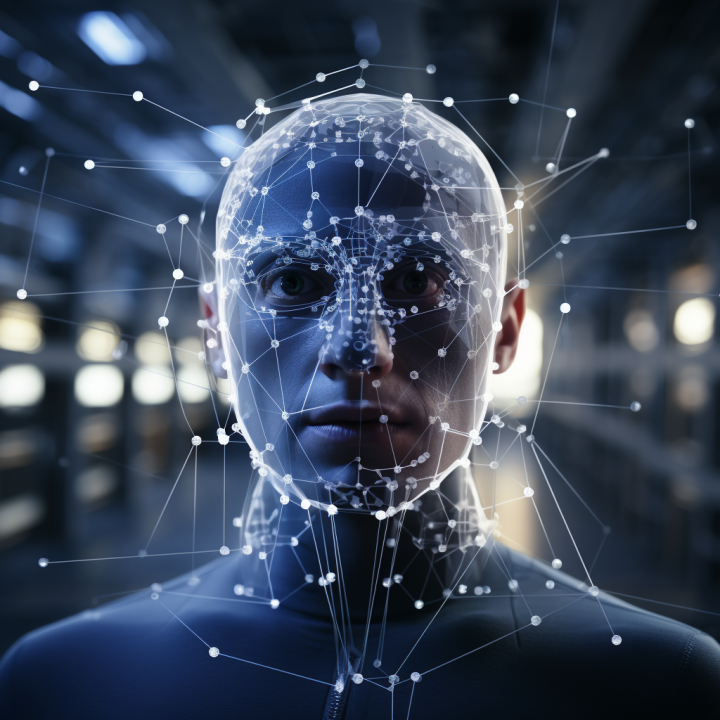Deepfake technology has emerged as one of the most talked-about advancements in recent years, fundamentally altering how we interact with digital content and perceive reality. The rapid development of artificial intelligence and machine learning has driven the rise of deepfakes, unlocking groundbreaking possibilities while simultaneously raising critical concerns about its ethical implications. As society continues to navigate the dual-edged nature of this technology, understanding its fundamental mechanics, diverse applications, and ethical challenges becomes essential for responsible engagement with its future.
Deepfake, a term derived from "deep learning" and "fake," involves the use of artificial intelligence to generate or manipulate digital content, such as images, videos, or audio, producing realistic but fabricated outputs. The technology's versatility makes it applicable across various domains, ranging from entertainment to malicious activities, sparking both admiration and caution. This article provides an in-depth exploration of deepfake technology, examining its origins, inner workings, societal impact, and the ethical dilemmas it presents.
Through a comprehensive analysis of the technology behind deepfakes, its implications for industries, and its potential trajectory, this article aims to equip readers—whether tech enthusiasts, policymakers, or curious individuals—with the knowledge needed to thoughtfully engage with this transformative phenomenon. By delving into the nuances of deepfake technology, we can better understand its potential and responsibly address its challenges.
Read also:Elutza89 Onlyfans The Rise Of A Digital Sensation
Table of Contents
- The Evolution of Deepfake Technology
- Unpacking the Mechanics of Deepfake Technology
- Exploring the Diverse Applications of Deepfakes
- The Societal Implications of Deepfake Technology
- Ethical Concerns and the Path Forward
- Regulating the Future of Deepfake Technology
- The Future Landscape of Deepfakes
- Deepfake Data: Insights and Statistics
- Deepfake Tools and Platforms: Democratizing Access
- Conclusion: Shaping the Future Together
The Evolution of Deepfake Technology
Origins and Key Milestones
Deepfake technology traces its origins back to the early advancements in artificial intelligence research. The term "deepfake" first emerged in 2017, though the underlying principles of this technology have been evolving for decades. Initially developed for academic and research purposes, deepfake gained widespread attention due to its ability to create hyper-realistic digital content. Below is a detailed overview of the key milestones that have shaped the development of deepfake technology:
| Year | Event |
|---|---|
| 2000s | Significant advancements in neural networks and computer vision laid the foundation for deepfake technology. |
| 2014 | The introduction of Generative Adversarial Networks (GANs) revolutionized the field, providing the core architecture for deepfake creation. |
| 2017 | The term "deepfake" entered public discourse, capturing widespread attention and sparking both fascination and concern. |
| 2020s | The rapid democratization of deepfake tools has made this technology accessible to a broader audience, amplifying its impact. |
Understanding the historical context of deepfake technology is vital for appreciating its current applications and future potential. The evolution of this technology reflects a broader trend in artificial intelligence, where innovations in one domain often lead to transformative applications in others.
Unpacking the Mechanics of Deepfake Technology
Core Components and Functionalities
At the heart of deepfake technology lies advanced artificial intelligence models, particularly Generative Adversarial Networks (GANs). GANs operate through a dual-neural-network structure, consisting of a generator and a discriminator. The generator creates synthetic content, while the discriminator evaluates its authenticity, providing feedback that enhances the realism of the output through iterative training.
- Training Data: Deepfake models require vast datasets of images, videos, or audio to learn patterns and features effectively. The quality and diversity of training data significantly influence the accuracy and realism of the final output.
- Neural Networks: Convolutional Neural Networks (CNNs) and Recurrent Neural Networks (RNNs) play a crucial role in processing complex multimedia data, enabling deepfake models to handle intricate tasks like facial recognition and speech synthesis.
- Post-Processing Techniques: Advanced methods such as face swapping, lip-syncing, and voice cloning further enhance the realism of deepfake content, making it increasingly difficult to distinguish from authentic media.
By understanding these core components and functionalities, we gain valuable insight into the capabilities and limitations of deepfake technology. This knowledge is essential for both leveraging its potential and addressing its challenges.
Exploring the Diverse Applications of Deepfakes
Positive Uses Across Industries
While deepfake technology is often associated with negative connotations, it also offers numerous positive applications across various domains:
- Entertainment: Deepfake has revolutionized the entertainment industry by enabling filmmakers, game developers, and virtual reality creators to produce stunning visual effects and lifelike character animations, enhancing audience engagement.
- Education: Educational platforms utilize deepfake to create personalized learning experiences, such as virtual instructors or immersive historical reenactments, making education more interactive and engaging.
- Healthcare: In the healthcare sector, deepfake technology assists in medical training, patient simulations, and mental health therapies by generating realistic scenarios that improve learning and treatment outcomes.
These applications demonstrate the transformative potential of deepfake technology, highlighting its ability to enhance and innovate across multiple industries.
Read also:Cotton Candy Popsicle 90s The Sweet Nostalgia That Keeps Us Coming Back
The Societal Implications of Deepfake Technology
Addressing the Challenges Posed by Deepfakes
Despite its numerous benefits, deepfake technology presents significant societal challenges that must be addressed:
- Disinformation: Deepfake content can be exploited to spread false information, undermining public trust in media and democratic processes. This poses a grave threat to societal stability and global security.
- Privacy Concerns: The unauthorized use of individuals' images or voices in deepfake content raises serious privacy concerns, violating personal boundaries and creating potential for abuse.
- Legal Ambiguities: The legality of deepfake content remains unclear, leading to potential legal disputes and challenges in enforcing accountability for harmful content.
Tackling these challenges requires a comprehensive approach that combines technological solutions, legal frameworks, and societal awareness to ensure the responsible use of deepfake technology.
Ethical Concerns and the Path Forward
Navigating the Moral Dilemmas of Deepfake
Deepfake technology introduces complex ethical dilemmas that necessitate careful consideration:
- Consent: Ensuring informed consent when using individuals' data in deepfake content is paramount to respecting personal rights and dignity.
- Authenticity: Balancing innovation with the preservation of authenticity and truth is crucial to maintaining public trust and integrity in digital media.
- Accountability: Establishing clear frameworks for determining responsibility for harmful deepfake content is essential for fostering accountability and discouraging misuse.
Engaging in ethical discussions and developing robust guidelines can help mitigate the risks associated with deepfake technology, ensuring its responsible deployment.
Regulating the Future of Deepfake Technology
Building Effective Legal Frameworks
Governments and organizations worldwide are actively working to establish regulations for deepfake technology:
- Legislation: Laws such as the Deepfake Report Act in the United States aim to address the misuse of deepfake content by imposing penalties and promoting transparency.
- Standards and Best Practices: Industry standards and best practices are being developed to encourage responsible use of deepfake technology while minimizing its negative impacts.
- Global Cooperation: International collaboration is vital for addressing the cross-border implications of deepfake technology and ensuring consistent regulatory approaches.
Effective governance plays a crucial role in shaping the future trajectory of deepfake technology, ensuring that it is used ethically and responsibly.
The Future Landscape of Deepfakes
Innovations and Emerging Trends
The future of deepfake technology holds immense promise, with ongoing advancements in artificial intelligence and machine learning set to enhance its capabilities:
- Technological Advancements: Continued research in AI and machine learning will lead to increasingly realistic and versatile deepfake outputs, expanding its potential applications.
- Growing Adoption: As deepfake tools become more accessible, their adoption across industries is expected to accelerate, driving innovation and transformation.
- Regulatory Evolution: Evolving regulatory frameworks will play a critical role in shaping the trajectory of deepfake technology, ensuring that it aligns with societal values and ethical standards.
Staying informed about these developments is crucial for navigating the future of deepfake technology responsibly and effectively.
Deepfake Data: Insights and Statistics
Key Findings from Recent Studies
Data and statistics provide valuable insights into the impact and prevalence of deepfake technology:
- Research conducted by Deeptrace revealed a staggering 330% increase in the number of deepfake videos between 2019 and 2021, highlighting the rapid growth of this phenomenon.
- A report by Sensity AI indicated that 96% of deepfake videos are non-consensual pornography, underscoring the urgent need for regulation and ethical guidelines.
- Studies by the University of Southern California demonstrate that while deepfake detection tools are improving, they still face significant challenges in accurately identifying fabricated content.
These findings emphasize the importance of proactive measures to address the challenges posed by deepfake technology and ensure its responsible use.
Deepfake Tools and Platforms: Democratizing Access
Popular Tools in the Market
Several tools and platforms have emerged to facilitate deepfake creation, democratizing access to this technology:
- DeepFaceLab: An open-source tool widely used for face swapping and manipulation, offering advanced features for creating realistic deepfake content.
- FaceApp: A popular app that allows users to apply deepfake effects to photos, making the technology accessible to a broader audience.
- Lyrebird: A platform specializing in voice cloning and audio manipulation, enabling users to generate realistic synthetic voices for various applications.
While these tools have expanded access to deepfake technology, they also raise concerns about potential misuse, underscoring the need for responsible development and deployment.
Conclusion: Shaping the Future Together
Deepfake technology represents a powerful force in the digital age, offering transformative opportunities while presenting significant challenges. By gaining a deeper understanding of its mechanisms, applications, and implications, we can harness its potential responsibly while mitigating its risks. As society continues to grapple with the complexities of deepfake technology, collaboration between technologists, policymakers, and the public becomes essential for shaping its future trajectory.
We invite readers to join the conversation by sharing their thoughts, concerns, and ideas. Leave a comment below or explore related articles on our platform to deepen your understanding of this fascinating and evolving field. Together, we can work towards a future where deepfake technology is used ethically and responsibly, benefiting society as a whole.


